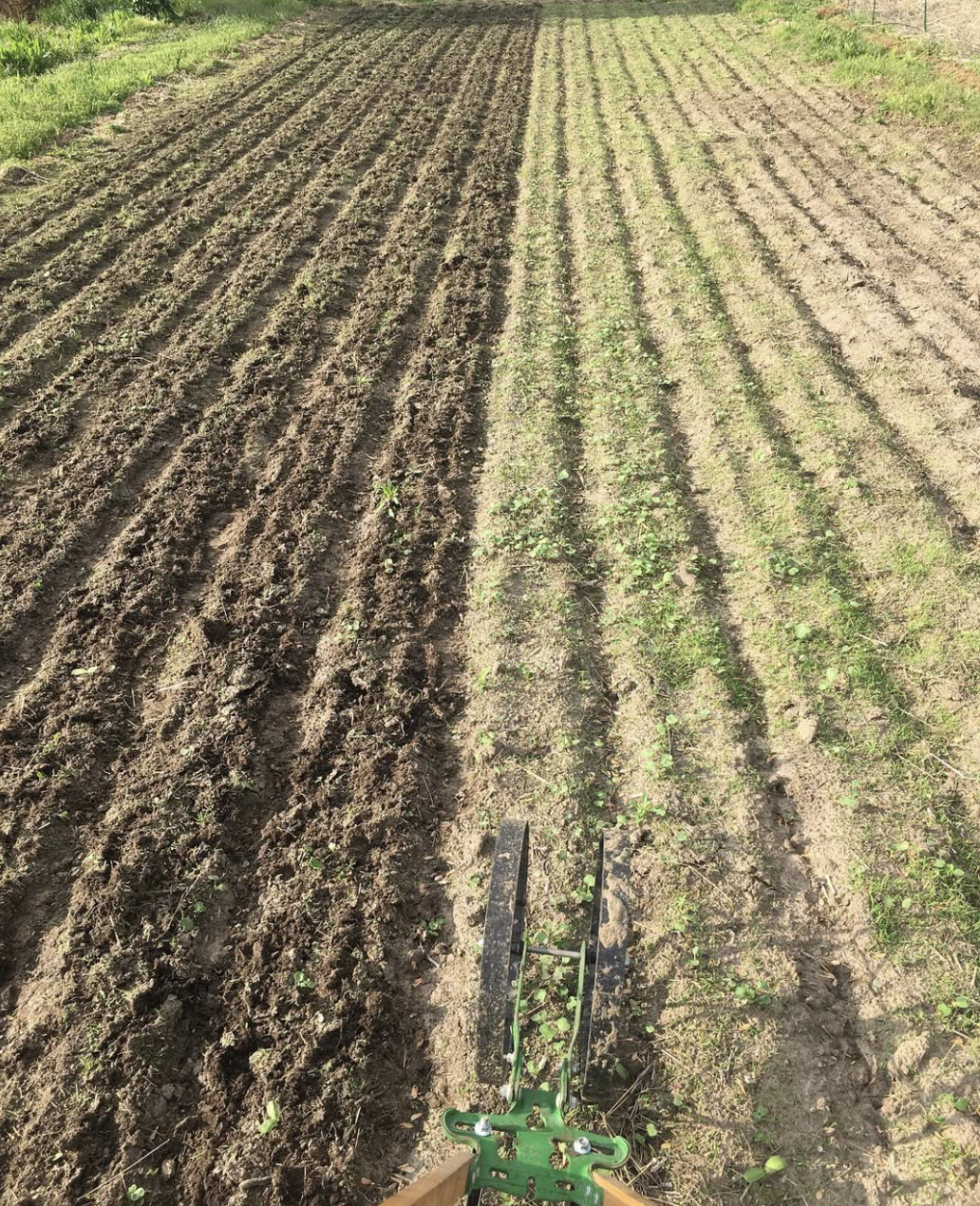
What Is a Cultural Landscape?
A cultural landscape is more than land—it’s a living story shaped by people, plants, memory, and resistance. It holds ancestral knowledge, ecological care, and the struggle to remain rooted in place.
Its survival depends on collective recognition—and refusal to forget.
What Is a Cultural Landscape?
Some places hold more than what’s visible. They carry memory, meaning, and the ongoing relationships between people and land. UNESCO, the international body that recognizes World Heritage sites, uses the term cultural landscape to describe places shaped by both natural forces and human care. These might include ancient agricultural systems, ceremonial environments, or living, working lands where cultural practices are embedded in the soil itself.
While the landscapes UNESCO designates are often large in scale and globally recognized, the principles behind them apply more widely. Cultural landscapes are valued not because they are frozen in time, but because they are alive—reflecting generations of knowledge, adaptation, and cultural continuity.
At Maseualkualli Farms, those values are actively lived:
Seeds returned from national archives to reconnect with diasporic ancestry
Farming methods drawn from the 1500s and proven viable in today’s conditions
Intergenerational learning rooted in culture, language, and foodways
Land care shaped by memory, observation, and community resilience
The farm may not carry a UNESCO designation, but it aligns with the global understanding that some places grow more than food—they grow heritage, resistance, and future belonging.
Why This Is a Cultural Landscape?
This cultural landscape represents a convergence of memory, resistance, and possibility. This land is not simply where crops are grown—it is where memory is planted, where resistance takes root, and where futures are cultivated beyond extractive systems.
It is a continuing cultural landscape, one that evolves through hands-on care, ancestral knowledge, and the urgent work of reclaiming what was once considered lost.
Here, seeds are more than genetic material—they are vessels of language, story, and survival. 8,000 year old corn lineages grown from 1500s planting instructions. Jicama and hirsuta peanuts coaxed through Kansas seasons, defying assumptions about what can grow where. Wild grapes trained up resurgent trees, signaling the quiet return of pre-1856 woodland memory.
These plants do not just grow—they speak, they persist, they belong. These crops link memory and place. They are not curiosities—they are continuities. We ask for your solidarity in protecting this land as a cultural landscape—because to lose it would be to lose part of ourselves.
Community & Cultural Learning
Who Uses the Site?
Disadvantaged and beginning farmers
Cultural organizations building food and cultural programming
Students and youth through workdays, field trips, and guided learning
Apprentices building agroecological knowledge
Families teaching generational traditions—including language, ceremony, and foodways
What Happens Here?
Agroecological experimentation
Storytelling through crop cultivation
Language and land-based education
Cultural continuity and mutual learning
Re-imagination of food systems and ways
Designations and Awards
First USDA People’s Garden in Douglas County (1 out of 15 in Kansas)
USDA SARE Study: “Ancestral Mexica Farming: A Comparative Yield Analysis from the 1500s”
Representation in socially research artwork via Kansas City Reciprocity
Certified Monarch Watch Waystation (#24106)
DGCO Heritage Conservation Council Grant: Kaw River Ag Survey
DGCO Heritage Conservation Council Grant: Frontage Planting
1st Place Douglas County Chefs Challenge 2019
This is not just a working farm—it is a living landscape where cultural knowledge is practiced, shared, and defended. Its care has required creativity, collaboration, and persistence from many people—including public agencies—grappling together with how best to steward land for the long haul. To recognize this place as a cultural landscape is to understand that the past is still planting us—and we are still growing it forward.
